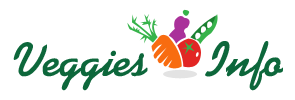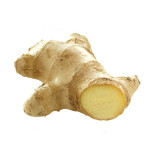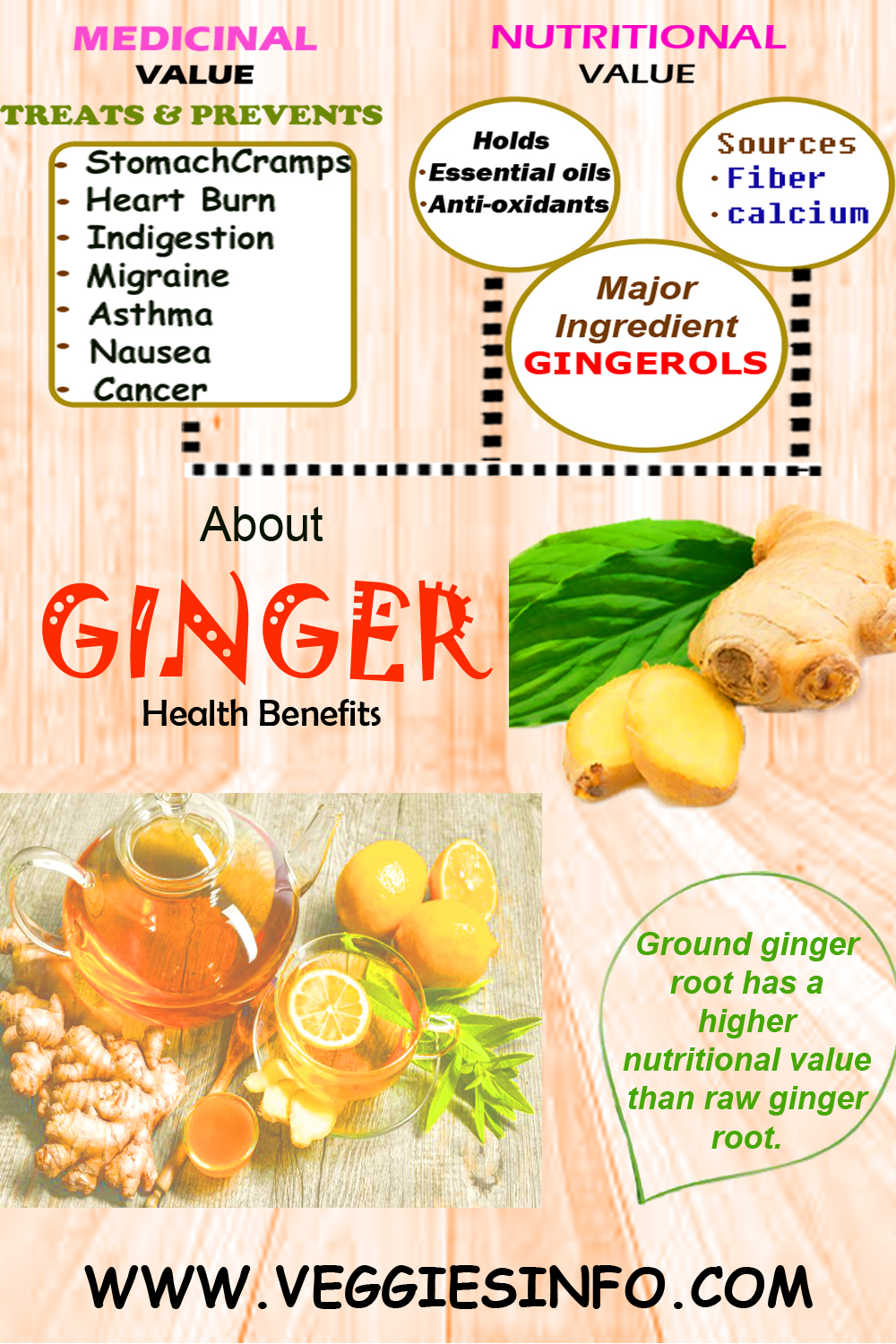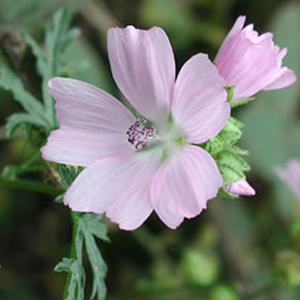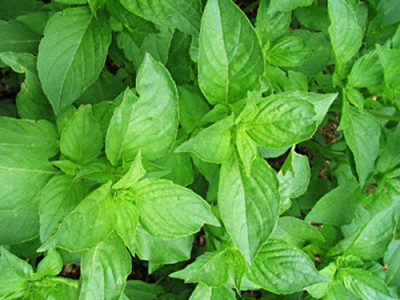
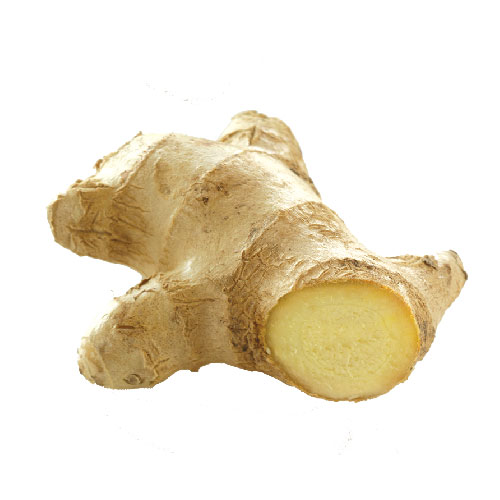
Ginger Medicinal Values And Its Uses
Ginger
Archaea a single-celled microorganism was the first species that came to earth millions of years back and only after that beautiful plant species came and started reproducing in this divine earth. Everyone considers trees and plants as godly species and worship it with great devotion. Water hyacinth spreads faster on the lakes and rivers thus making it as a vast floating green bed. This topic will deal with a famous rhizomes named ginger which is a very popular throughout the world. The botanical name of this plant is Zingiber officinale.It comes under Zingiberaceae family and plantae kingdom. The other members which comes the said family are turmeric, cardamom and galangal.
The distantly related dicot is wild ginger which has similar taste as that of ginger.It is an herbaceous flowering plant which has stems about a meter tall with green leaves and yellow flowers.
Orgin And Cultivation
Ginger originated in the jungles of southern asia during mid 14th century and now it is not found in the wild. During first century AD ginger was exported to Rome through India.These plants produce white and pink flower buds that ultimately bloom into spectacular yellow flowers. The name ginger originated from the French word gingibre and some researchers are of the opinion that it originated from Tamil word “inchi“. Since these plants have wonderful flowers are extremely ornamental it is grown as a garden plant in many homes throughout the world. These plants grow throughout the year and are considered as perennial reed-like plants with leafy stems. The size of the stem is around 4 feet tall. When the stalks wither it will be washed and scraped to kill it and prevent sprouting.
Ginger Uses
- The fragrant perisperm of ginger is used as sweetmeats and condiment by Bantu community.
- It is used widely in India and the Indians use it in their cuisine.
- Younger ginger plays an important role in India kitchens and restaurants since hundreds of homemakers use these wonderful rhizomes as an important ingredient in their food.
- They spice up the food with the help of ginger.
- It is also used as a culinary item in Malaysia, Philippines, Burma, Japan, Thailand, Jamaica, Vietnam, Arab and many parts of the world.
- Ginger wine is a ginger-flavored wine manufactured in UK and sold traditionally in green glass bottle.
- it has lots of essential nutrients like mineral manganese, carbohydrates, fat, proteins and other important vitamins.
- Raw ginger root is made up of 80% of water.
- The odor and the flavor emitting from the ginger is due to the chemicals present in it. The chemicals that are found in ginger are zingerone, shogaols and gingerols.
- The pungent taste is caused due to the presence of nonvolatile phenylpropanoid- derived compounds present in it.
- They are used for the treatment of ulcer, gastric disorders, nausea, constipation and dyspepsia.
| Principle | Nutrient Value | Percentage of RDA |
|---|---|---|
| Energy | 80 Kcal | 4% |
| Carbohydrates | 17.77 g | 13.50% |
| Protein | 1.82 g | 3% |
| Total Fat | 0.75 g | 3% |
| Cholesterol | 0 mg | 0% |
| Dietary Fiber | 2.0 g | 5% |
| Vitamins | ||
| Folates | 11 µg | 3% |
| Niacin | 0.750 mg | 4.50% |
| Pantothenic acid | 0.203 mg | 4% |
| Pyridoxine | 0.160 mg | 12% |
| Vitamin A | 0 IU | 0% |
| Vitamin C | 5 mg | 8% |
| Vitamin E | 0.26 mg | 1.50% |
| Vitamin K | 0.1 µg | 0% |
| Electrolytes | ||
| Sodium | 13 mg | 1% |
| Potassium | 415 mg | 9% |
| Minerals | ||
| Calcium | 16 mg | 1.60% |
| Copper | 0.226 mg | 25% |
| Iron | 0.60 mg | 7.50% |
| Magnesium | 43 mg | 11% |
| Manganese | 0.229 mg | 10% |
| Phosphorus | 34 mg | 5% |
| Zinc | 0.34 mg | 3% |
Note
It is imperative note that India is now the largest producer of ginger accounting more than 33% of total production followed by China, Nepal, Nigeria and Indonesia.
